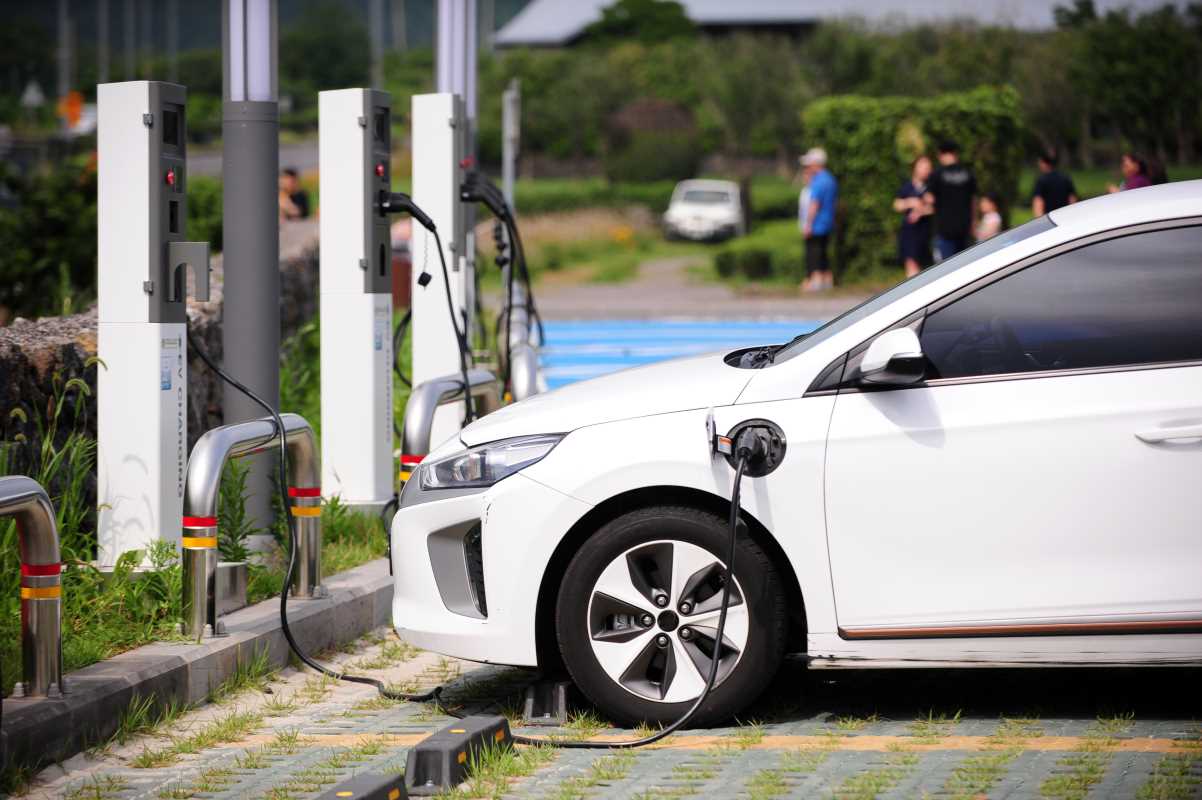When considering a car loan, one option that may come up is a loan with a balloon payment. This unique payment structure offers flexibility by reducing monthly payments, but it also comes with certain risks that borrowers should carefully evaluate. Understanding balloon payments can help you decide whether this is the right loan structure for you. Let's dive into the details to help you make an informed decision.
What Is a Balloon Payment?
A balloon payment refers to a large, lump-sum payment that is due at the end of a loan term. Unlike traditional loans where you pay down both the principal and interest over time, a balloon payment allows you to make smaller monthly payments throughout the loan term. Then, at the end of the term, you’re required to pay off the remaining balance in a single large payment. This final payment is typically much higher than any of the previous monthly payments, which can be both a benefit and a challenge, depending on your financial situation.
Benefits of Balloon Payments
1. Lower Monthly Payments
One of the primary advantages of a balloon payment structure is the ability to lower your monthly payments. Since you're only paying off a portion of the loan during the term and leaving the bulk of the balance for the end, your monthly payments will be significantly smaller compared to a traditional car loan. This can be appealing if you're looking to keep your monthly expenses low, especially if you're dealing with other financial commitments.
2. More Cash Flow for Other Expenses
With the reduced monthly payment, you have more cash flow to allocate toward other expenses or investments. Whether you're saving for a large purchase, investing in education, or simply need extra funds for everyday costs, the lower monthly payment provides financial flexibility in the short term.
3. Potential for Selling or Trading the Car
If you plan on selling or trading the car before the balloon payment comes due, you could use the proceeds to cover the balloon payment. If the car's value has held up well over the years, this could be an excellent way to avoid having to make the large payment at the end of the loan. This flexibility allows you to move on from the car without dealing with a large lump sum payment.
Risks of Balloon Payments
1. Large Lump-Sum Payment Due at the End
While balloon payments can reduce monthly payments, the biggest risk lies in the large lump sum due at the end of the loan term. When the balloon payment is due, it can often be several thousand dollars, depending on the loan amount. If you’re unprepared for this payment, it could put a strain on your finances. Many borrowers are caught off guard by this hefty payment if they haven’t planned ahead.
2. Potential Refinancing or Selling the Car
If you’re unable to pay the balloon amount when it comes due, you may have to refinance the remaining balance or sell the car. Refinancing may not always be an easy option, especially if your credit situation has changed or if the car's value has decreased. Selling the car might also not generate enough to cover the full balloon payment, especially if the vehicle has depreciated significantly.
3. Financial Uncertainty
If you have not planned for the balloon payment and are unable to refinance or sell the car, you could face financial strain. Balloon payments create uncertainty at the end of the loan, as you’ll need to ensure you can either afford the lump sum or have a solid backup plan in place. This could lead to stress and unwanted financial pressure, especially if you’re not prepared for the payment.
Considerations Before Opting for a Balloon Payment
Before deciding on a loan with a balloon payment, there are several important considerations:
1. Assess Your Financial Situation
Take a hard look at your financial situation, both now and in the future. Can you realistically make the balloon payment when it comes due? Do you have a savings plan or another source of funds to cover the lump sum? If you’re not sure about your ability to handle the balloon payment, it might be worth reconsidering this loan option.
2. Understand the Total Loan Cost
Though balloon payments lower your monthly payment, they may increase the total cost of the loan. This is because, in many cases, balloon loans come with higher interest rates or longer loan terms to make the lower payments possible. Make sure to calculate the full cost of the loan, including the balloon payment, to determine whether the total amount paid over time is manageable for you.
3. Explore Alternative Loan Options
Before settling on a balloon payment loan, compare other loan options. A traditional car loan, where you pay off both principal and interest over time, may result in higher monthly payments, but it offers more predictability and certainty. Consider whether the lower monthly payments provided by a balloon loan are worth the risk of a large, lump-sum payment at the end.
4. Future Plans
Consider your future plans and how they may affect your ability to make the balloon payment. If you’re planning on moving, changing jobs, or making a major purchase, you might be in a better or worse financial situation when the balloon payment comes due. Keep these variables in mind when deciding whether a balloon loan is a good fit for your lifestyle.
Understanding the Contract Terms
As with any loan, it’s important to carefully review the contract terms before agreeing to a balloon payment loan. Make sure you understand the specifics of the loan, including:
- Interest rate and whether it’s fixed or variable
- Loan term and how long you’ll be making monthly payments
- The exact amount of the balloon payment and when it’s due
- Penalties or fees for early repayment or refinancing
If you're unsure about any aspect of the loan agreement, consider consulting with a financial advisor or asking the lender for clarification. Understanding all the terms and conditions will help you avoid unpleasant surprises later on.
Are Balloon Payments Right for You?
In conclusion, balloon payments in car loans offer several benefits, including lower monthly payments and the flexibility to sell or trade your car before the final payment. However, they also come with significant risks, especially the large lump-sum payment due at the end of the loan. Before opting for a balloon payment, carefully assess your financial situation, understand the total cost of the loan, and have a solid plan in place for dealing with the balloon payment when the time comes.
By weighing the risks and benefits, you can make an informed decision that aligns with your long-term financial goals. If you have any doubts, consult with a financial expert to ensure you’re choosing the right loan structure for your needs.
 (Image via
(Image via





